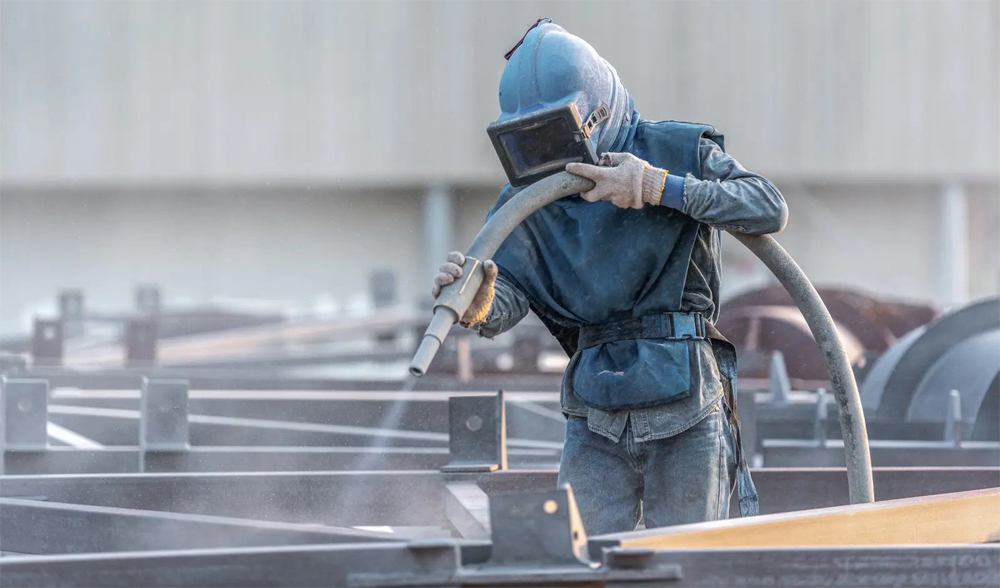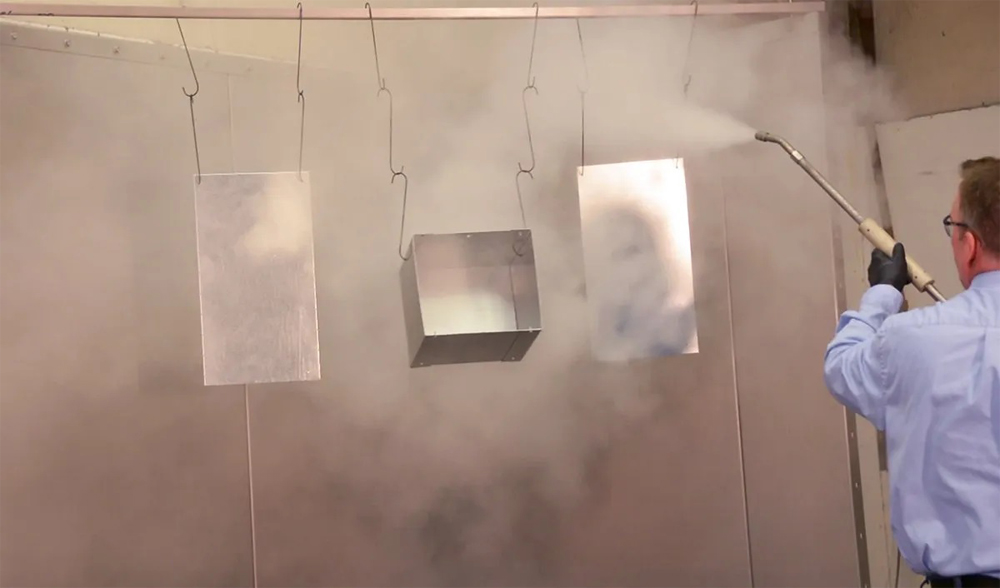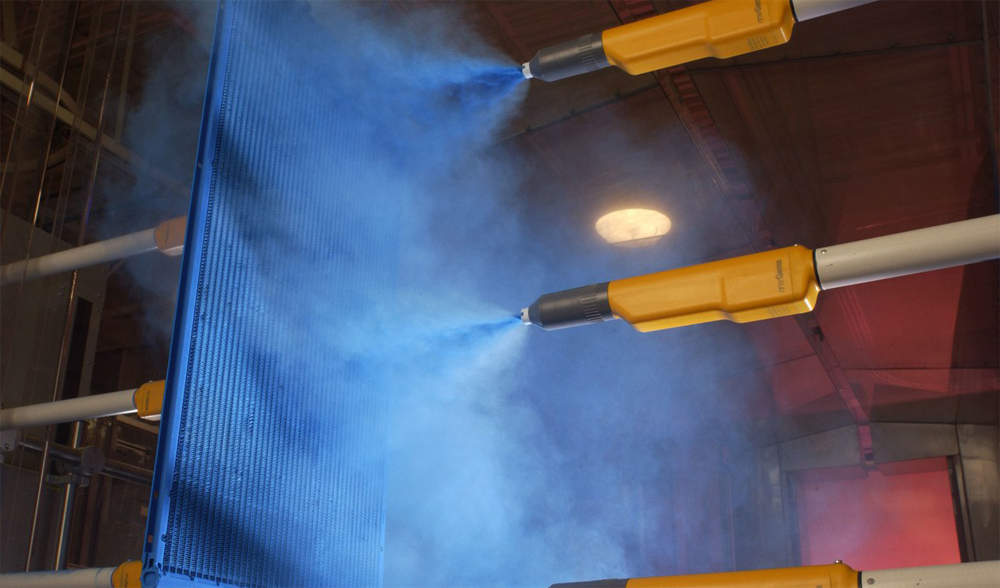Achieving a flawless and enduring finish in powder coating applications depends on considerate surface preparation. Powder coating boasts notable advantages in durability, versatility, and eco-friendliness. However, to safeguard and maximize these benefits, adequate surface preparation is pivotal. This article delves into the vital 5 seteps for priming surfaces before powder coating, securing superior adhesion, corrosion resilience, and optimal coating functionality.
The Essential 5 Phases for Preparing Surfaces for Powder Coating
1. Cleaning
The initial and paramount phase of surface preparation is purification. This step entails the eradication of contaminants like dirt, oil, grease, rust, and former coatings. Failing to achieve pristine cleanliness can lead to subpar adhesion and compromised coating performance. The purification method varies based on the substrate type and the specific contaminants present.

Solvent wiping stands as a conventional purification method utilizing solvents to dissolve and eliminate surface contaminants. Effective for removing light oils and greases, this method might require a more robust approach—like degreasing agents or alkaline cleaners—to tackle stubborn or heavy contaminants. In instances of old coatings, corrosion, or surface imperfections, mechanical methods such as sanding or abrasive blasting may be necessary to ensure a clean surface.
2. Surface Etching
Once the surface is cleansed, the subsequent step involves surface etching, aiming to create a microscopically roughened surface for improved powder coating adhesion. Particularly crucial for smooth or nonporous substrates like metals, surface etching enhances coating performance.
Chemical etching involves employing acidic or alkaline solutions to achieve the desired surface texture. Acidic etchants, like phosphoric acid, are commonly used for metal substrates, while alkaline etchants, such as sodium hydroxide, suit specific non-metal surfaces. Mechanical methods like sandblasting or abrasive blasting can also roughen the surface physically, providing a key anchor profile for the powder coating to adhere effectively.

3. Surface Profile Measurement
Following surface etching, evaluating the surface profile is crucial to ensure compliance with coating manufacturer specifications. Profilometers or similar devices gauge surface roughness, ensuring the profile aligns with specified ranges, directly influencing coating adhesion and thickness.
Measuring the surface profile is pivotal; an inadequate profile might result in poor adhesion, while an excess could lead to coating failure. Optimal adhesion and coating performance are attainable by maintaining the surface profile within specified parameters.
4. Surface Activation
Surface activation is a pivotal step enhancing adhesion and corrosion resistance. Chemical treatments or conversion coatings prepare the surface, fostering a receptive environment for powder coating bonding, especially vital for metal substrates.
Chemical solutions or primers contain agents that react with the substrate surface, forming a chemical bond that bolsters adhesion and corrosion resistance. Methods vary based on substrate material and coating system requirements, utilizing solutions like iron phosphate or zinc phosphate for metal substrates and chromate conversion coatings for aluminum.
Surface activation ensures the longevity and efficacy of the powder coating by strengthening the chemical bond between the coating and substrate, bolstering resistance against corrosion and environmental factors.

5. Preheating and Removal of Dust
Preheating and dust removal culminate in the final step of surface preparation, ensuring a flawless powder-coating finish. Preheating eliminates residual moisture or contaminants and enhances powder coating flow and leveling, resulting in a smoother finish.
Various methods like convection ovens or infrared heating systems facilitate preheating, removing moisture and minimizing outgassing during curing. Thorough removal of dust particles before coating application is imperative, achieved through compressed air, vacuuming, or tack cloths to secure a pristine surface.
The elucidated surface preparation steps are indispensable for achieving a durable and top-quality powder coating finish. Through meticulous cleaning, surface etching, surface profile measurement, surface activation, preheating and dust removal, optimal adhesion, corrosion resilience, and overall coating performance are assured.
Contact China-Static
Welcome to cooperate with China-Static, your premier destination for top-quality powder coating machines.
China-Static specializes in offering a wide range of cutting-edge powder coating machines designed to meet diverse industrial and commercial demands. With a commitment to innovation, reliability, and customer satisfaction, China-Static strives to provide high-performance machines that ensure efficient and precise powder coating processes.
Explore our collection and experience the excellence that defines China-Static in the realm of powder coating solutions.





